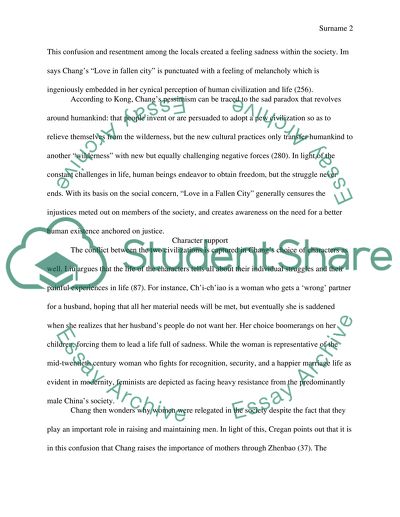Cite this document
(“Transition to Modernity: Chinese Literature Research Paper”, n.d.)
Retrieved from https://studentshare.org/literature/1490810-transition-to-modernity-chinese-literature
Retrieved from https://studentshare.org/literature/1490810-transition-to-modernity-chinese-literature
(Transition to Modernity: Chinese Literature Research Paper)
https://studentshare.org/literature/1490810-transition-to-modernity-chinese-literature.
https://studentshare.org/literature/1490810-transition-to-modernity-chinese-literature.
“Transition to Modernity: Chinese Literature Research Paper”, n.d. https://studentshare.org/literature/1490810-transition-to-modernity-chinese-literature.


